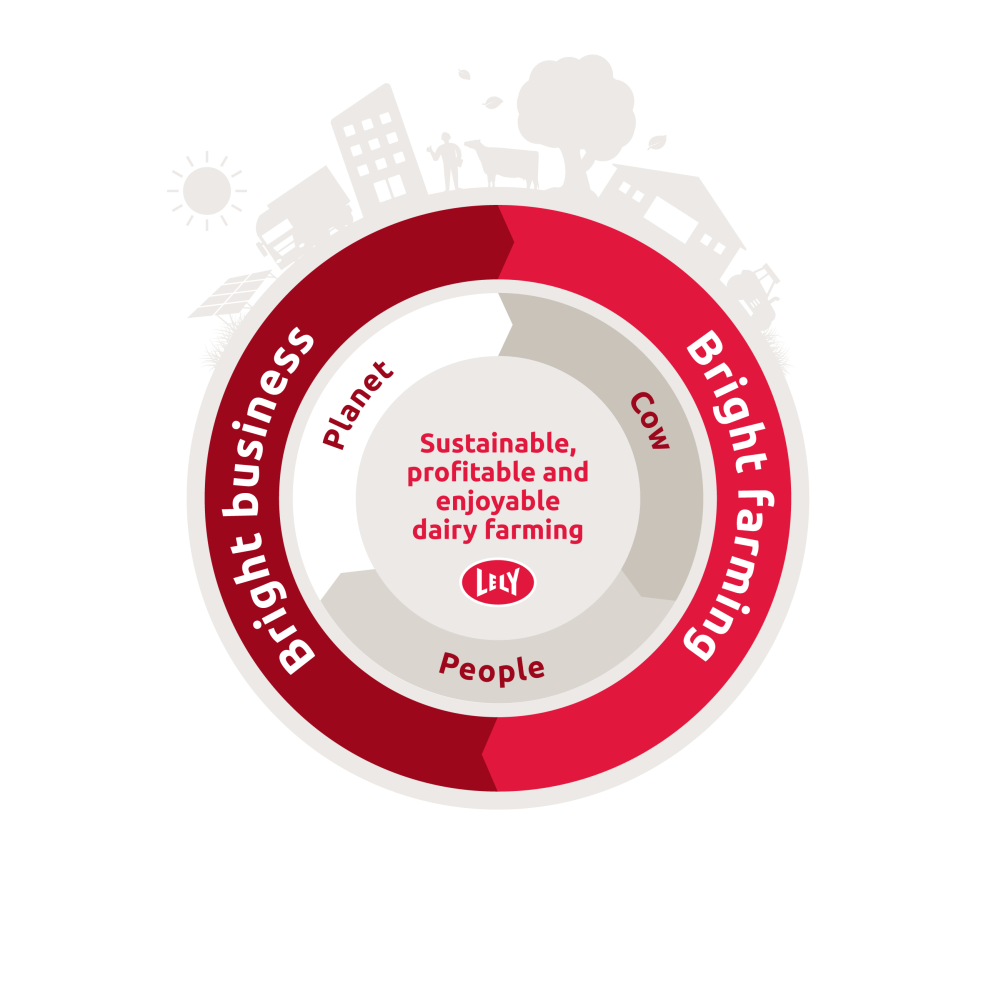
Here, Tanja emphasises the importance of renewable and recycled raw materials. ‘Ultimately, the idea is to minimise our use of raw materials and to make sure, at the very least, that everything can be recycled when it reaches the end of its useful life. This creates a bridge to the R-ladder – a model for the various steps in using materials sustainably.'

FUTURE FARM
How to close the loop?
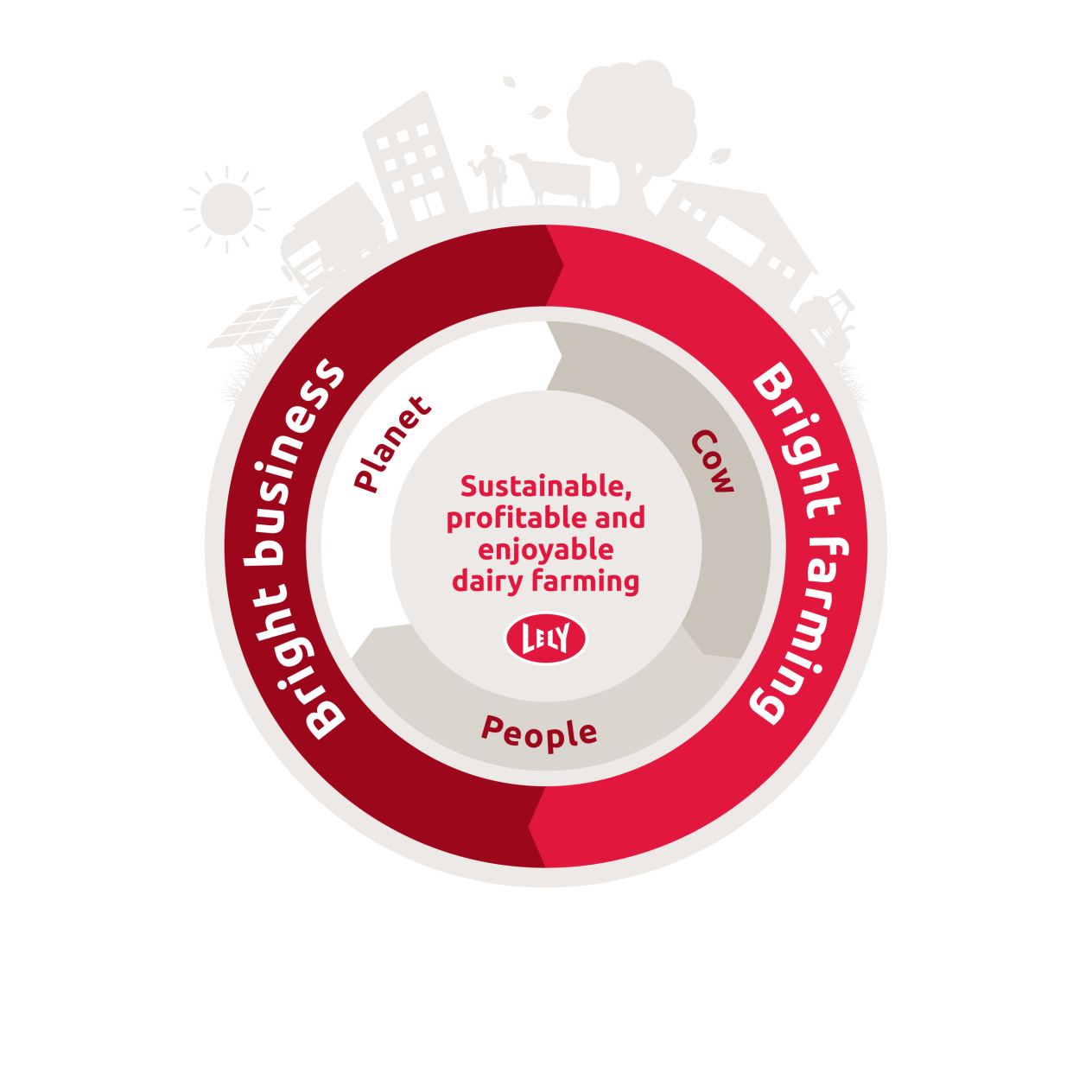
Lely’s ambition is to become 100% circular, but how feasible is this? It requires a long-term vision, according to Sustainability Manager Tanja Roeleveld. ‘In the short term, 100% circularity is unrealistic. We aim to use as little material as possible in the production cycle. Our goals, therefore, state that we want to manufacture products as sustainably as possible, and reduce the use of new raw materials to a minimum.'
Tanja Roeleveld
Sustainability Manager
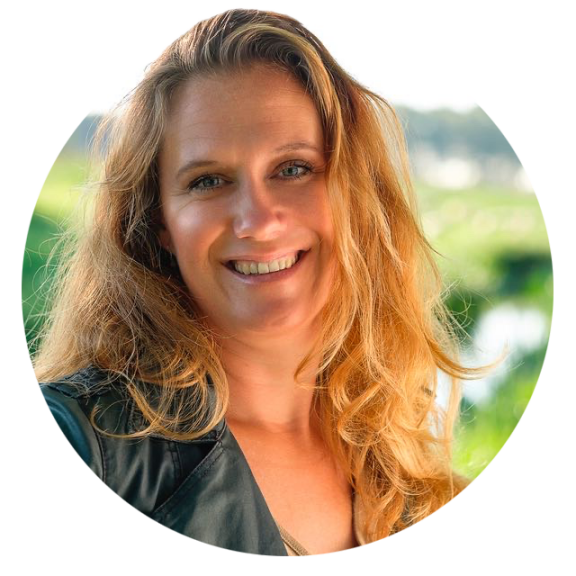
What is circularity?
Circularity is the principle that used or discarded products serve as raw materials for new products or materials. By participating in the circular economy as a company, you focus on preserving the value of raw materials, components and products.
Options to become more circular: the R’s
There are all kinds of small steps to be taken on the road to full circularity at both an organisational and a personal level, which can already make a big difference. These are the steps on the R-ladder, a range of actions from recycle and repair to refuse. Refuse is the ultimate step with the greatest impact. It involves making a product or material superfluous by abandoning its function or replacing it with a radically different product.
Useful application of materials
Extend product and parts life
Using and making products smarter
3. Reduce
4. Re-use
5. Repair
6. Refurbish
7. Remanufacture
8. Re-purpose
9. Recylce
2. Rethink
1. Refuse
Chemical-free Astronaut?
Tanja gives an example: ‘It would be great if the Astronaut no longer needed chemicals. Making chemicals requires a lot of energy, generates waste, and also uses packaging and transport. Then you use them and… they’re gone. Even then, chemicals still have a harmful impact on the environment. How great would it be if we could come up with something to replace chemicals? However, every step we can take on the way, from recycling parts and repairing broken robots to refurbishing robots in our Taurus project, is an important move in the right direction.'
Everyone can spot an opportunity
In fact, the R-ladder provides inspiration for every process and everyone involved: can you limit the use of materials through any one of these strategies, and improve our organisation’s sustainability? The first step is to identify these opportunities. The second step is to do something about it.
‘We’re using our sustainability programme to increase awareness about what people can do at an individual level. The fact is, all actions could make a difference: one person could switch off the light when everyone has left a room, another could sign a contract with a sustainable energy supplier for green energy, and another could make a component in one of our solutions superfluous. What you can do sometimes depends on your job, but we can all identify and address a process flow or idea,’ says Tanja.
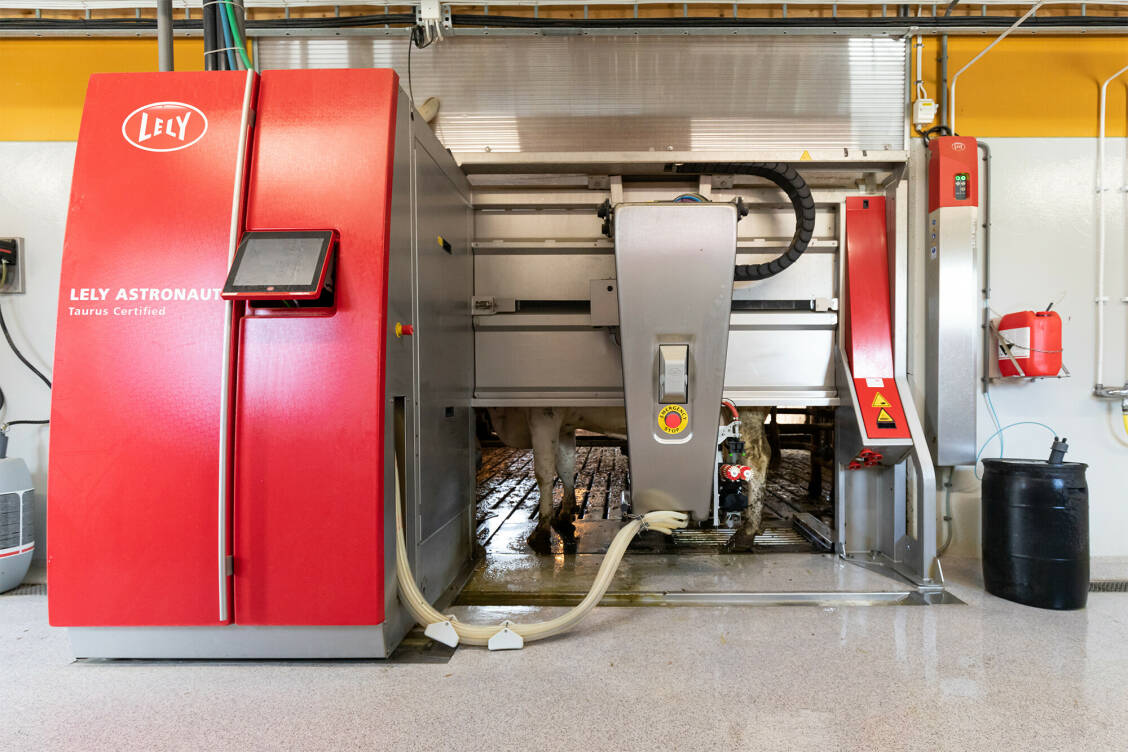
Help make the sector more sustainable
'A lot of targets have already been established, and we’ll be getting to work on them shortly. We can't change everything at once, but there’s plenty we can do right now with little extra effort. Our mission extends beyond our own organisation (bright business); we also want to help make the entire sector more sustainable (bright farming). We can achieve this by introducing circularity in livestock farming, for example: by limiting loss of minerals (an area where the Lely Sphere excels), and by stimulating the reuse of materials on the farm. Ultimately, the sum of all these actions, both within our company and at our customers farms, adds up to positive impact.'

Tanja Roeleveld
Sustainability Manager


FUTURE FARM
How to close the loop?
Lely’s ambition is to become 100% circular, but how feasible is this? It requires a long-term vision, according to Sustainability Manager Tanja Roeleveld. ‘In the short term, 100% circularity is unrealistic. We aim to use as little material as possible in the production cycle. Our goals, therefore, state that we want to manufacture products as sustainably as possible, and reduce the use of new raw materials to a minimum.'
Here, Tanja emphasises the importance of renewable and recycled raw materials. ‘Ultimately, the idea is to minimise our use of raw materials and to make sure, at the very least, that everything can be recycled when it reaches the end of its useful life. This creates a bridge to the R-ladder – a model for the various steps in using materials sustainably.'
Help make the sector more sustainable
'A lot of targets have already been established, and we’ll be getting to work on them shortly. We can't change everything at once, but there’s plenty we can do right now with little extra effort. Our mission extends beyond our own organisation (bright business); we also want to help make the entire sector more sustainable (bright farming). We can achieve this by introducing circularity in livestock farming, for example: by limiting loss of minerals (an area where the Lely Sphere excels), and by stimulating the reuse of materials on the farm. Ultimately, the sum of all these actions, both within our company and at our customers farms, adds up to positive impact.'
What is circularity?
Circularity is the principle that used or discarded products serve as raw materials for new products or materials. By participating in the circular economy as a company, you focus on preserving the value of raw materials, components and products.
Options to become more circular: the R’s
There are all kinds of small steps to be taken on the road to full circularity at both an organisational and a personal level, which can already make a big difference. These are the steps on the R-ladder, a range of actions from recycle and repair to refuse. Refuse is the ultimate step with the greatest impact. It involves making a product or material superfluous by abandoning its function or replacing it with a radically different product.
Useful application of materials
Extend product and parts life
Using and making products smarter
3. Reduce
4. Re-use
5. Repair
6. Refurbish
7. Remanufacture
8. Re-purpose
9. Recylce
2. Rethink
1. Refuse
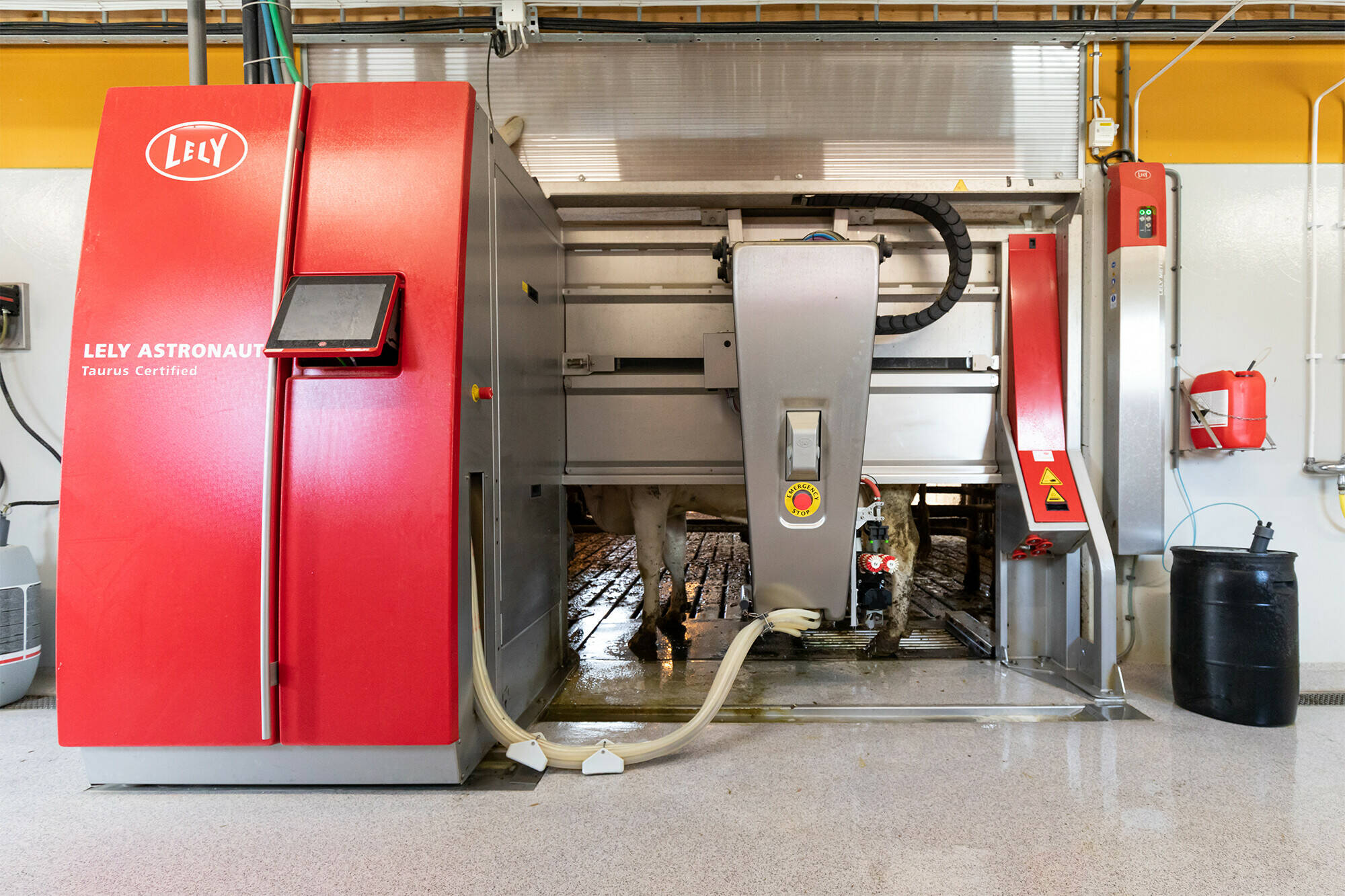
Chemical-free Astronaut?
Tanja gives an example: ‘It would be great if the Astronaut no longer needed chemicals. Making chemicals requires a lot of energy, generates waste, and also uses packaging and transport. Then you use them and… they’re gone. Even then, chemicals still have a harmful impact on the environment. How great would it be if we could come up with something to replace chemicals? However, every step we can take on the way, from recycling parts and repairing broken robots to refurbishing robots in our Taurus project, is an important move in the right direction.'
Everyone can spot an opportunity
In fact, the R-ladder provides inspiration for every process and everyone involved: can you limit the use of materials through any one of these strategies, and improve our organisation’s sustainability? The first step is to identify these opportunities. The second step is to do something about it.
‘We’re using our sustainability programme to increase awareness about what people can do at an individual level. The fact is, all actions could make a difference: one person could switch off the light when everyone has left a room, another could sign a contract with a sustainable energy supplier for green energy, and another could make a component in one of our solutions superfluous. What you can do sometimes depends on your job, but we can all identify and address a process flow or idea,’ says Tanja.
